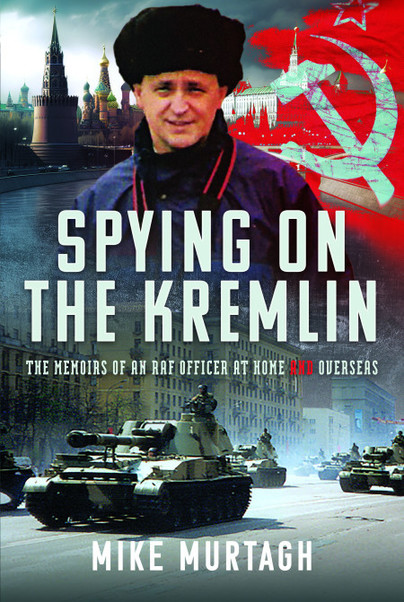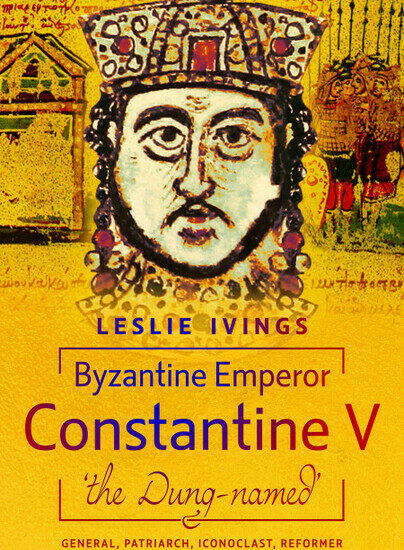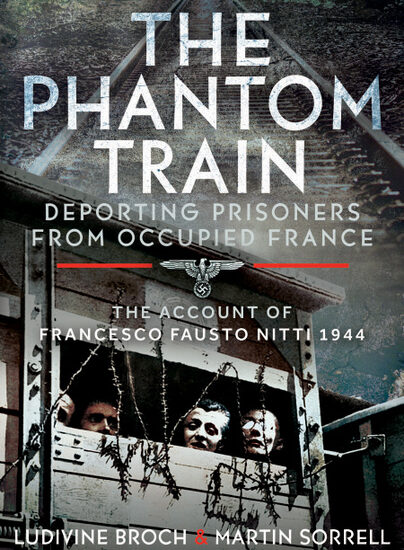Nuclear Proliferation and Iran
Author guest post from Mike Murtagh.
My book, ‘Spying On The Kremlin’, is more than what the title implies. It is an account of major events and turning points in my life, not only about my time dealing with the Russians while an RAF Officer.
After I left the Service, I was a diplomat for 10 years until I retired in 2010, serving at home and overseas in a variety of capacities. One of the FCO departments in which I worked was Counter-Proliferation Department, which dealt with trying to restrict proliferation of Nuclear, Biological and Chemical (NBC) weapons, with particular reference to what might be termed ‘rogue’ or ‘hostile’ states. We worked with various national and international agencies on restricting the spread of NBC technology. Current events must be keeping my old department very busy at the moment!
Since the mid-20th century, Iran’s nuclear ambitions have sparked one of the most enduring security dilemmas in the Middle East. Tehran’s quest for nuclear technology began under the Shah and accelerated after the 1979 Islamic Revolution, when Iran lost access to Western reactors and fuel and launched a wholly indigenous nuclear program. Over subsequent decades, the opacity of Iran’s enrichment work and its heavy investment in uranium-enrichment infrastructure raised alarm bells among its neighbours and the wider international community. Regionally, Iran faces nuclear-armed neighbours: Israel’s undeclared arsenal and Pakistan’s overt weapons program in South Asia underscore a security rationale rooted in deterrence.
Under the 1968 Nuclear Non-Proliferation Treaty (NPT), Iran committed to forswear nuclear weapons in exchange for peaceful nuclear assistance. The International Atomic Energy Agency (IAEA) has served as custodian of safeguards, conducting inspections to verify that Iran’s nuclear materials remain exclusively for civilian purposes. Beginning in the early 2000s, however, IAEA reports documented undeclared facilities and activities—such as enrichment work at Natanz and advanced centrifuge research at Fordow—prompting allegations that Iran sought a clandestine weapons dimension.
In response to mounting concerns, the United Nations, European Union and United States imposed successive rounds of economic and financial sanctions, targeting Iran’s oil exports, banking sector and key individuals. Sanctions aimed both to coerce Iran into transparency and to deprive its nuclear program of critical resources.
In 2015, Iran agreed to cap its uranium enrichment at 3.67%, reduce its stockpile of enriched uranium by 98%, and grant enhanced IAEA inspection access to all nuclear sites for at least 15 years. In return, international sanctions were gradually lifted, enabling Iran to rejoin global markets. The accord represented a high-stakes compromise: it deferred, rather than eliminated, Iran’s breakout capacity while providing inspectors with unprecedented oversight.
In 2018, Tehran incrementally breached key treaty limits—expanding its enrichment activities, enriching at higher purities and accumulating a larger uranium stockpile. Although Iran continues to emphasize its peaceful intentions, the opacity of some activities and the presence of advanced centrifuges at Fordow have sustained suspicions about a latent weapons capability.
Iran’s nuclear trajectory has intensified Middle Eastern security dynamics. Rival states such as Saudi Arabia and the United Arab Emirates have expressed interest in expanding their own nuclear programs, fearing a strategic imbalance. Israel has reserved the right to strike perceived nuclear threats, as evidenced by historical strikes in Iraq and Syria. The path forward hinges on renewed diplomacy: whether Tehran and Washington can agree on a new framework that restores inspection rigour, sanctions relief and mutual trust—or whether the region will endure a protracted stalemate fraught with escalation risks.
Iran’s nuclear saga exemplifies the tension between sovereign rights to peaceful nuclear technology and the imperatives of preventing weapons proliferation. Success will depend on crafting durable, verifiable limits that address both Iran’s security concerns and the international community’s non-proliferation objectives. Without such a balance, the cycle of mistrust, sanctions and clandestine enrichment may well continue, leaving the Middle East on a perpetual knife-edge. What’s new?

Order your copy here.

